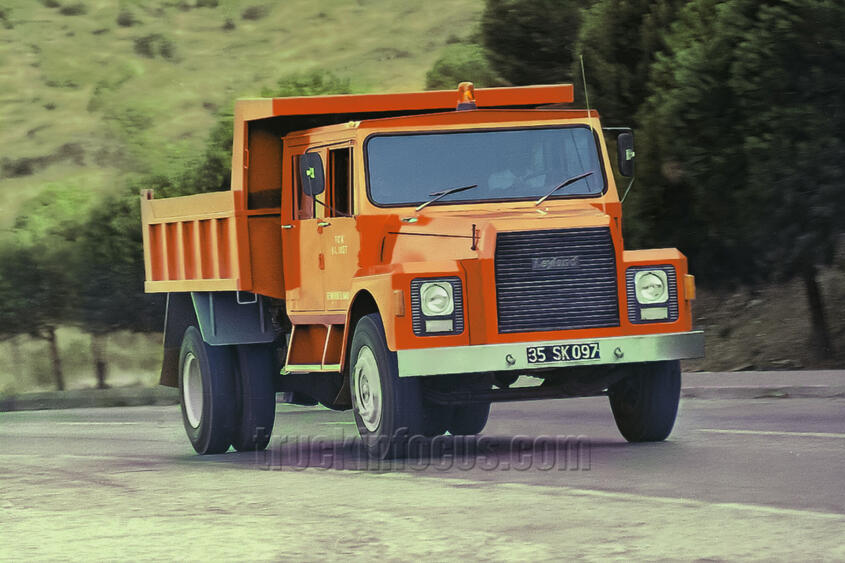The Turkish BMC Chronicle
Page 1
By Steve St.Schmidt (Berlin 2024)
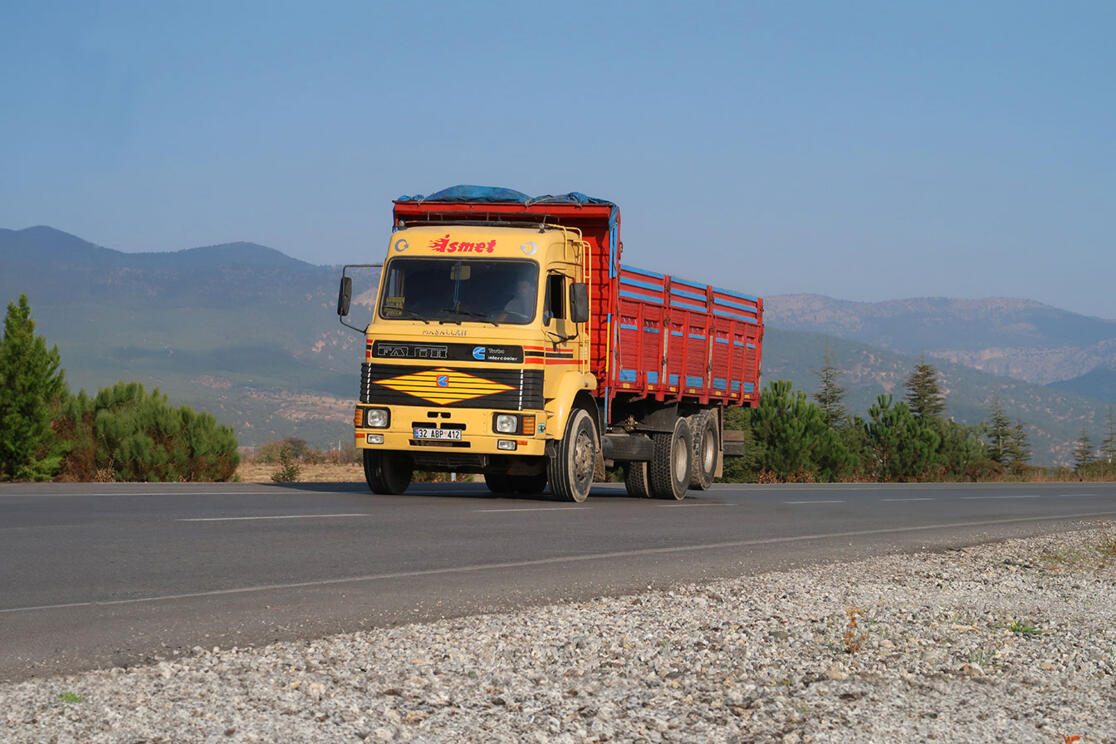
The beginnings from 1964
The export of Austin trucks from Great Britain to Turkey began in 1947. In 1952, Austin merged with its former arch-rival Morris to form the British Motor Corporation, or BMC for short.
At the beginning of the 1960s, an initially small company was founded in Pınarbaşı in the Bornova district of Izmir province, which was involved in the manufacture of spare parts for imported trucks and buses and expanded rapidly. In 1964, BMC granted the Turkish company, which was managed by Ergün Özakat at the time, a license to manufacture trucks. BMC received 26 percent of the shares, the rest belonged to the Turkish partners. The company was now called "Birleşik Motorlu Araçlar", which means "United Motor Vehicles".
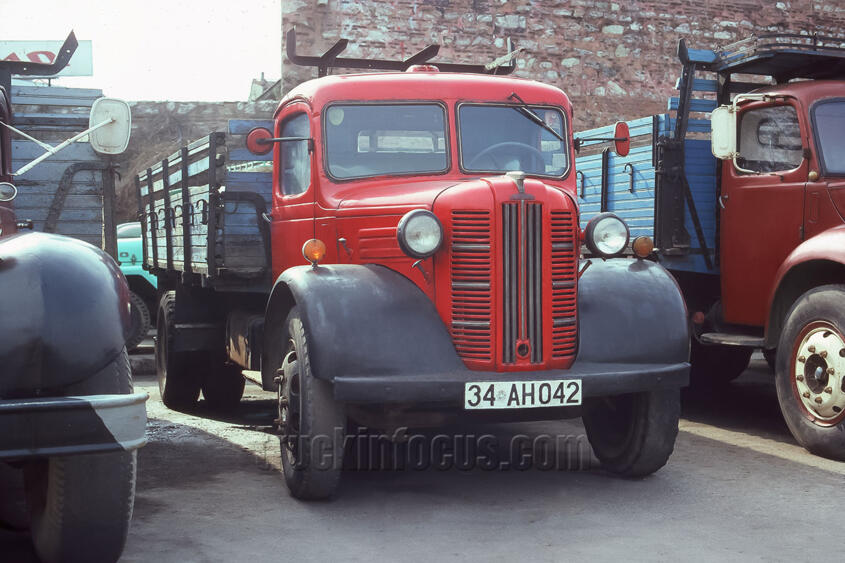
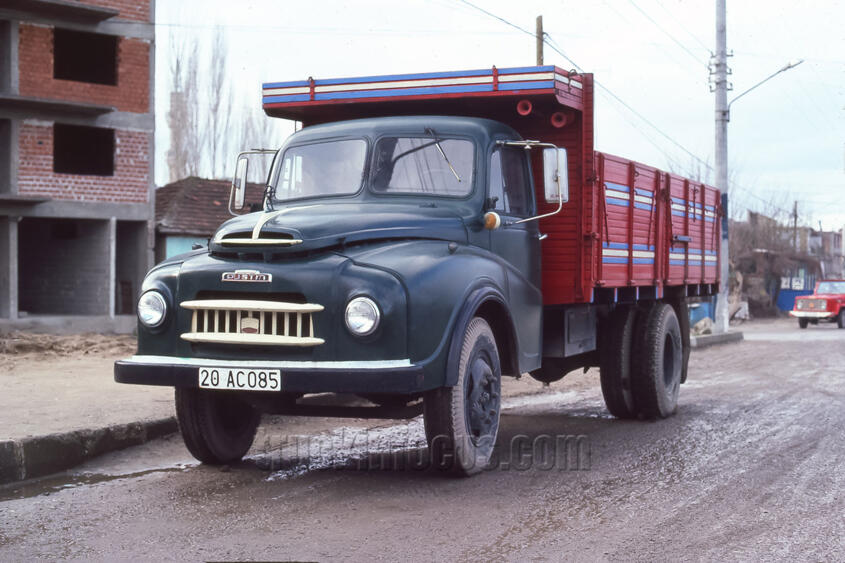
Production began in 1966 with the TM 135 conventional truck, which was designed in the UK. A prototype was created at the BMC plant in Longbridge, Birmingham, but production was carried out exclusively in Turkey.
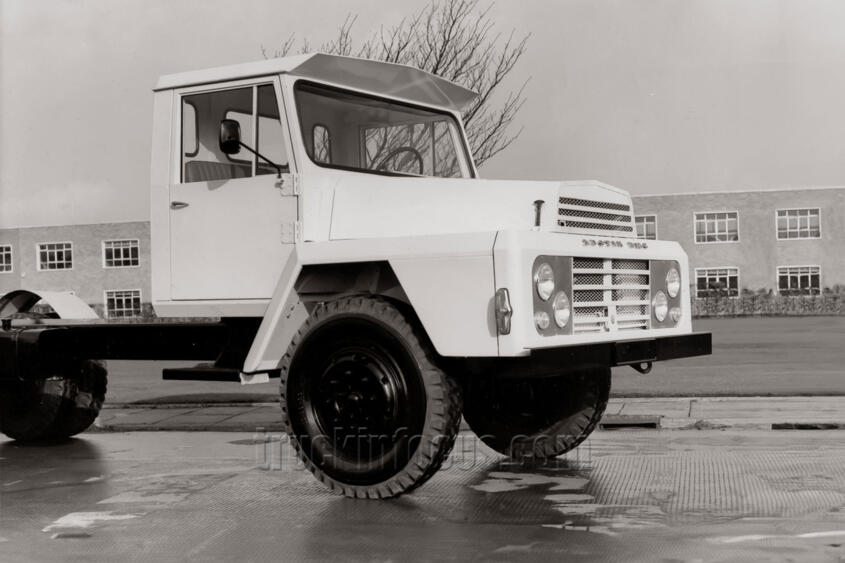
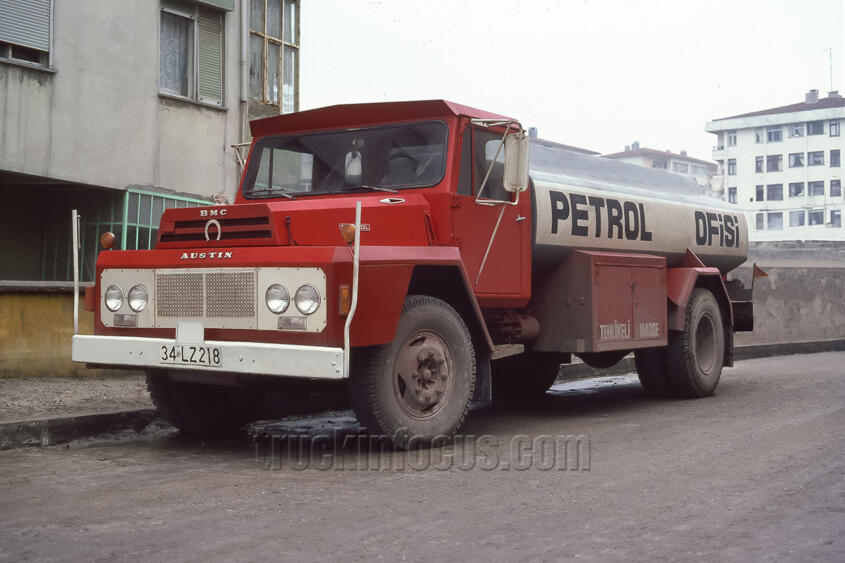
After two years, during which 2700 units had left the factory, the first update took place in 1968 with the introduction of the TM 100 and TM 140 models. They differed from each other in terms of their engines: the 9.25-tonne TM 100 was equipped with a 105 hp diesel engine with 6 cylinders and 5.1 liters of displacement, while the longer 11-tonne TM 140 had a 120 hp engine with 5.7 liters of displacement. Both variants soon enjoyed great popularity in Turkey, as they were domestic products with moderate prices and acceptable fuel consumption figures.
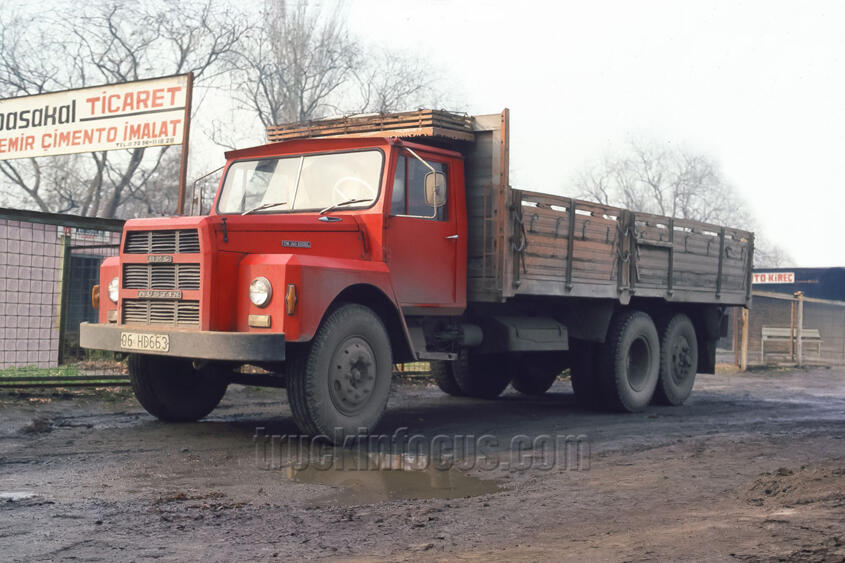
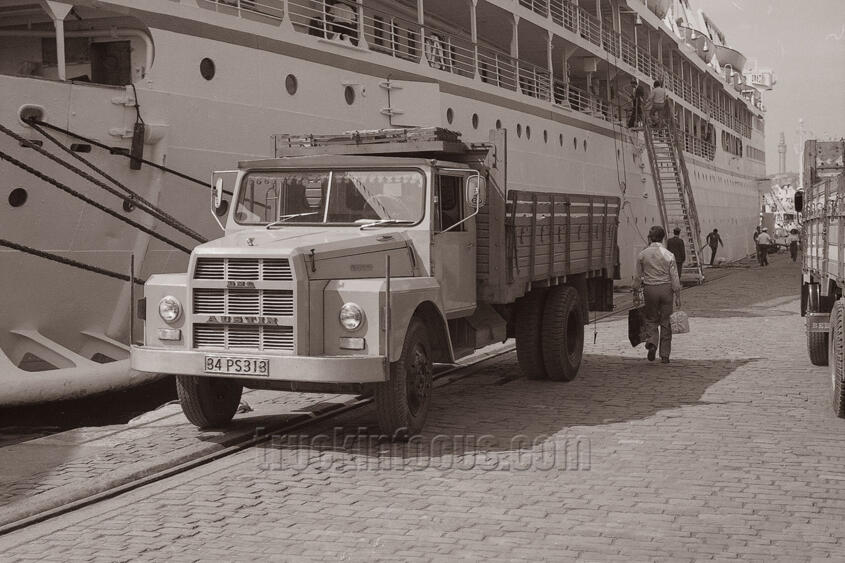
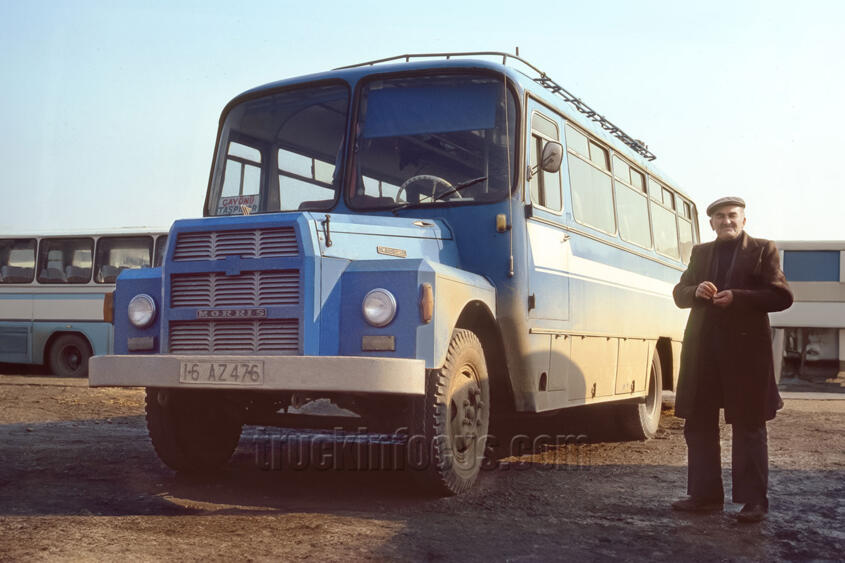
The vehicles of the first TM 100 and TM 140 series had a windshield divided by a narrow bar. They differed from their predecessor in that the front end was significantly different, with single headlights instead of the twin headlights of the TM 135. Engine access was also much easier, as the hood now reached down to the bumper. The vehicles featured Austin or Morris logos, depending on the engine installed.
In the second series, the windshield was undivided from around 1970 and the round headlights were now set in a square black plastic frame.

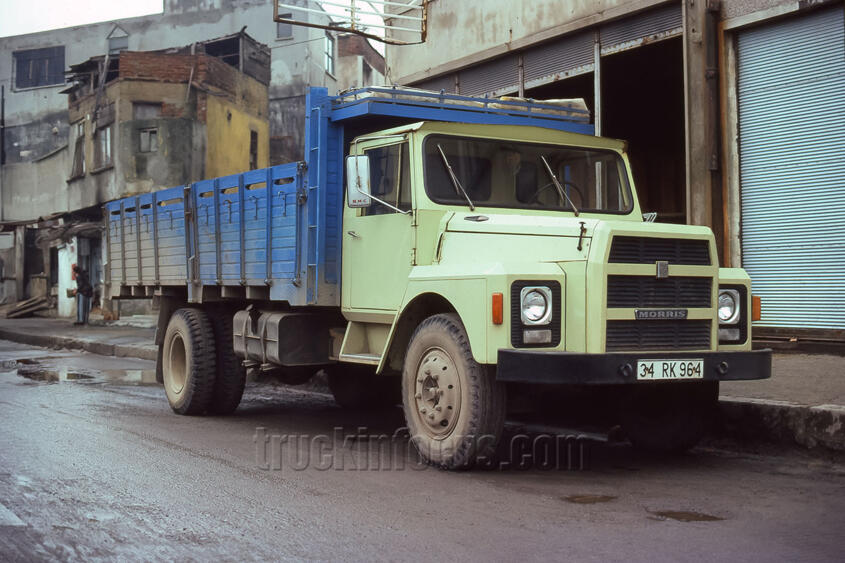

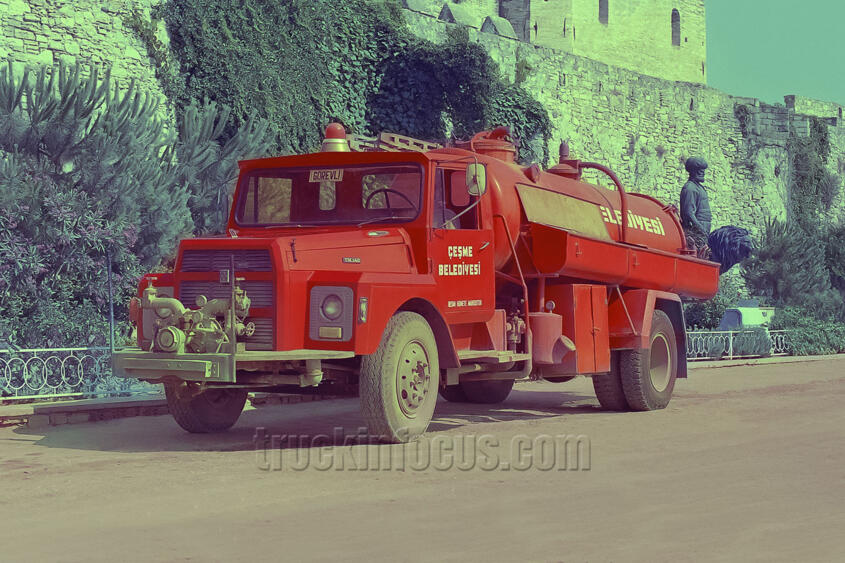
In 1972, the radiator grille was given a moderate facelift and the angular conventional truck received a new power unit, the Leyland 6/98 NV diesel engine with a displacement of 5650 cubic centimetres. The type designation was changed to Leyland 140 and a Leyland logo was now affixed to the front.
